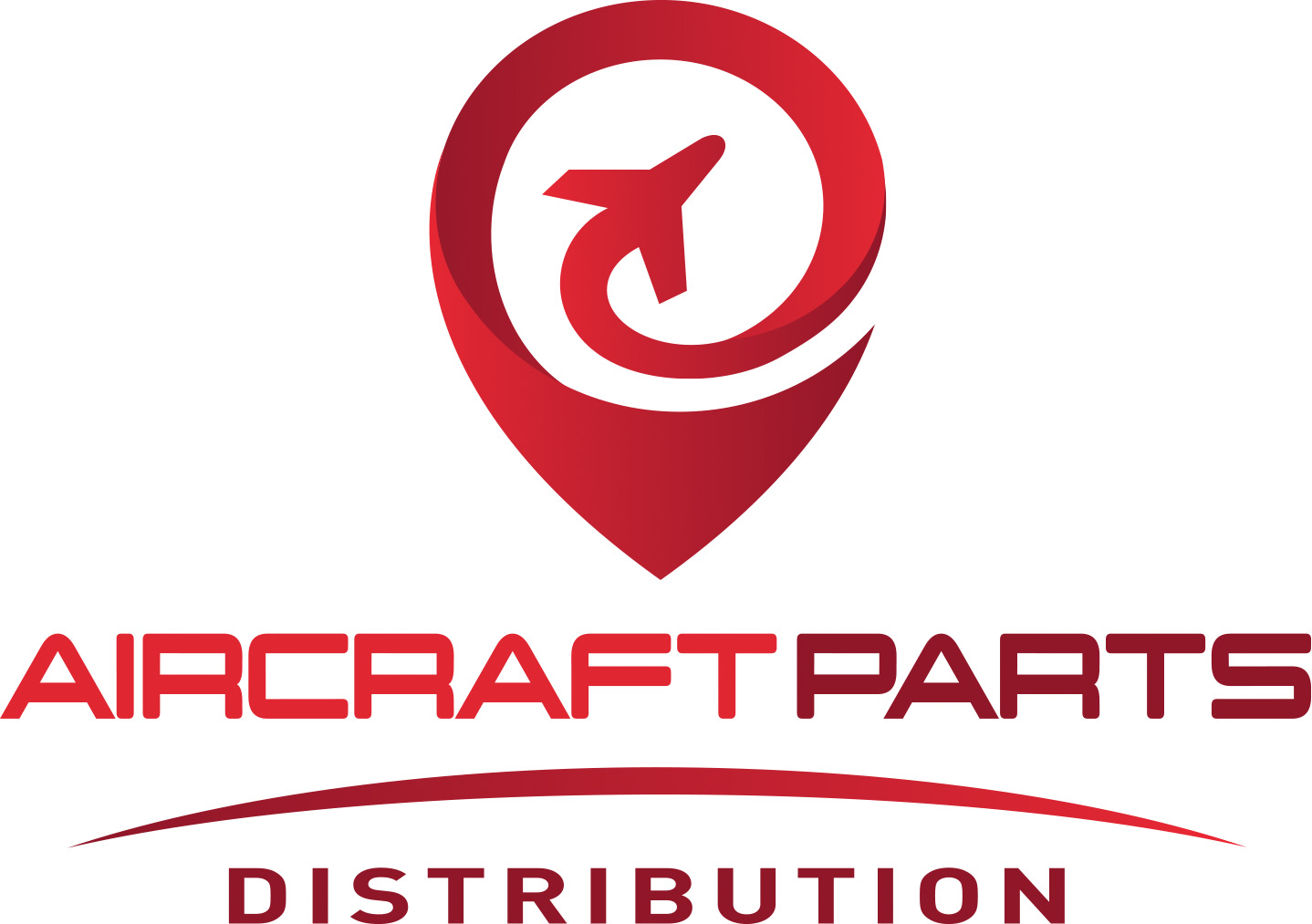

A recurrent argument in the aviation industry is whether one can use PMA parts or if OEM parts are a must when buying parts. When aircraft need to be serviced, aircraft parts can be replaced either with an Original Equipment Manufacturer (OEM) part or with a Parts Manufacturer Approval (PMA) part. Suppose you’re looking to obtain aircraft parts from reliable aerospace parts distributors. In that case, you’ve probably heard the debate between OEM and PMA parts. Conflicting information about which is better may leave you feeling confused and uninformed. The truth is that both OEM and PMA parts have advantages, and knowing the best will depend on your application.
A Parts Manufacturer Approval or PMA part is manufactured by a company with the valued approval of the Federal Aviation Administration (FAA). The FAA PMA certification demonstrates the company’s authorization to produce aircraft parts that are at par with industry standards. As an aftermarket part, this label means the product has received adequate testing that meets the FAA standards for airworthiness. It also ensures that the parts have been manufactured according to approved procedures from the FAA.
Historically, aftermarket products only emerged after World War II, when consumers needed replacement parts for aircraft. At that time, PMA parts became available for civil aerospace applications. Their availability allowed them to become a source of competition to OEMs, eventually leading to conflicting ideas on which option is best for aerospace equipment.
To meet FAA PMA approval standards, companies must meet combined design and production criteria. These businesses follow a rigorous approval procedure involving an application, risk assessment, engineering tests, verification of installation usability, and several other steps to complete the process.
During the design approval stage, a PMA company must demonstrate that their modification or replacement part meets specific standards from the FAA for that part. The FAA will review the part design to determine if it meets regulatory requirements at a quality equal to or better than the original. Once the plan is approved, it certifies that the part modification meets airworthiness standards for eligible products without infringing on the OEM’s patent.
Original Equipment Manufacturers or OEMs have long been the leader in distributing critical aircraft parts in the aerospace industry, as these parts were initially the only option for equipment parts. The original manufacturer produces and installs the actual pieces for the equipment, and they make standardized products that will fit those precise specifications for replacement or repairs. These products have a record of established quality in design and performance when used in the original equipment.
PMA and OEM parts have somewhat different backgrounds, but they’re subject to the same industry standards. These options have two key metrics to compare — quality and price. Considering OEM and PMA parts’ differences and similarities, you can identify the best fit for your applications.
To go out on the market, PMA and OEM products must undergo intensive testing and meet the standard requirements. PMA companies must navigate approval process to ensure complete compliance and product quality. The OEM parts, meanwhile, have been proven successful through their use in the original equipment. Within the industry, established quality gates stipulate the material and design qualities a product must have to be sold for use in equipment.
In the aerospace industry, the FAA’s regulations ensure that the quality of aftermarket parts remains consistent with the quality of OEM parts from aerospace parts distributors. As a result, the quality of the two is essentially the same. Often, the PMAs are from the same supplier the OEM uses. Additionally, in some cases, PMA components may be slightly higher quality because manufacturers can address and resolve functional issues in the OEM.
In the past, OEMs were relied upon as the only option for the best quality of parts. As a consequence, OEMs had little competition and kept prices high. However, as aftermarket replacement parts became more common, OEMs eventually adjusted pricing for specific components.
Today, manufacturers can still complete PMA production for lower costs, leading to more cost-effective product offerings. PMA components don’t compromise on quality while being readily available at a lower price point than OEM parts.
When you’re making a decision on which option is best for your applications, you’ll want to consider the specific parts you need for your operations. Would a PMA adjustment be expedient for your equipment? Does your particular equipment look precisely the same, whether it’s a PMA or OEM part? Evaluate your priorities and the options available for your specific kit.
When you need trusted components for repairs or replacing equipment, Aircraft Parts Distribution offers different pricing levels, from bulk buys with OEMs and manufacturers to excess buys, consignment inventories, and teardowns, while offering a high level of customer support and service. We provide parts at a faster turnaround rate while meeting rigorous industrial standards. Additionally, we focus on providing custom solutions tailored to our customer’s specifications and applications. We also build trusted relationships with our clients to help offer tailored solutions. Whatever your requirements, we offer prompt turnaround and 24-hour emergency assistance.
1618 N Ohio Street
Augusta, KS. 67010
2024 © Aircraft Parts. All Rights Reserved.
Designed By Digital SFTware
